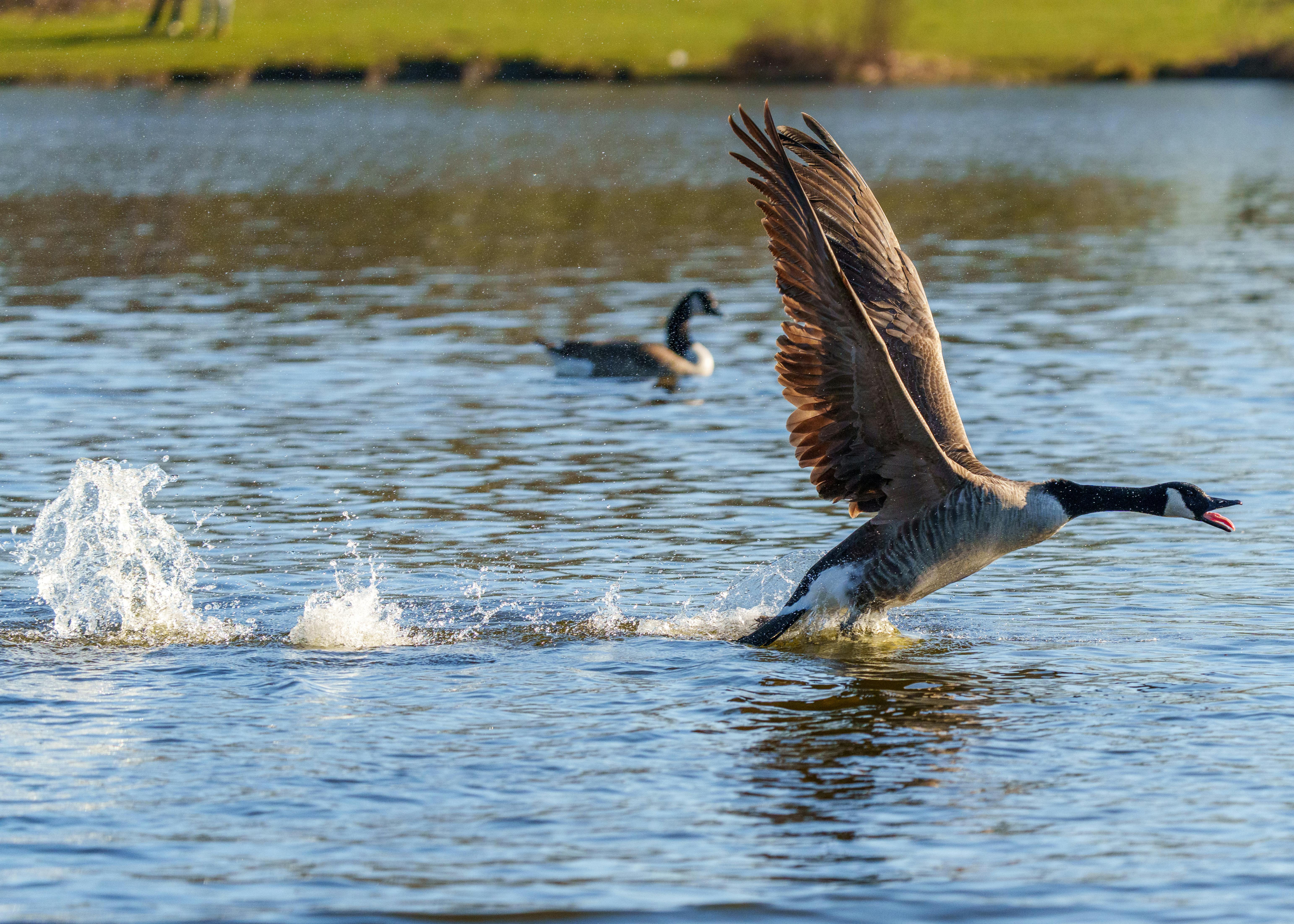Smart Ways to Enhance Your Tropical Fish Drawing Skills in 2025
Tropical fish drawing has captivated artists and enthusiasts alike, showcasing the beauty and diversity of marine life. As we dive deeper into the vibrant world of ocean fish illustrations, enhancing your drawing skills can elevate your art to new heights. In this article, we will explore innovative techniques and resources to help you master the art of tropical fish, improve your artistic representations, and create stunning underwater scenes.
This guide will cover fish anatomy drawing, the intricacies of marine life sketches, and effective drawing techniques for tropical environments. By the end, you’ll have a comprehensive understanding of how to produce exquisite tropical fish art, all while appreciating the diversity of aquatic life in your illustrations.
Join us as we navigate through various fish drawing ideas, watercolor painting tips, and digital fish art techniques to bring your fish portraits to life!
Let’s embark on this artistic journey and discover smart ways to enhance your tropical fish drawing skills.
Understanding Fish Anatomy for Realistic Drawings
Before creating vibrant fish artwork, it is crucial to understand fish anatomy. Realistic fish art begins with a solid grasp of the physical characteristics of marine fish species. This knowledge not only influences the accuracy of your sketches but also adds depth and interest to your tropical fish drawing.
Key Features of Fish Anatomy
When drawing fish, pay attention to their distinct features such as body shapes, fins, gills, and eyes. Each species has unique anatomical traits that define its appearance. For instance, the streamlined body of a tropical reef fish aids in fast swimming, while the vibrant colors of clownfish serve as a form of communication and camouflage.
Sketching Fish in Their Natural Habitats
To enhance your skills, practice drawing tropical fish in their natural environments. This technique not only improves your composition but also allows you to explore how fish interact with their surroundings. Consider incorporating coral reefs and underwater plants into your sketches to create dynamic ocean-themed artwork.
Practical Techniques for Learning Fish Anatomy
Utilize various resources such as fish species guides and educational fish drawings to study anatomical structures. Websites, books, and marine biology art classes can provide valuable insights into fish biology that will inform your artistic process.
Artistic representations of fish don’t require absolute realism, but a basic understanding of their anatomy enhances the believability and appeal of your artwork.
By gaining knowledge of fish anatomy, you'll be well-equipped to depict aquatic life sketches with more accuracy, which naturally leads us to the importance of understanding aquatic habitats.
Exploring Fish in Diverse Ecosystems
Just as fish anatomy is crucial, so is understanding the habitats these creatures live in. Each fish species thrives in unique ecosystems, which play an essential role in their characteristics and behavior. This section will delve into tropical ecosystems sketches and aquatic habitat drawings for your artwork.
Types of Marine Ecosystems
Familiarize yourself with various types of marine ecosystems such as coral reefs, mangroves, and open oceans. Each environment hosts different fish species, influencing their colors, shapes, and patterns. For example, the vibrant colors of tropical fish are often seen in shallow reef waters, while deeper ocean fish may exhibit more muted tones.
Capturing the Essence of Aquatic Backgrounds
When illustrating fish in nature, consider how you can best capture the essence of their surroundings. Create underwater scenes rich in detail, showcasing the interplay of light and shadow that occurs beneath the surface. This adds depth to your fish watercolor painting and produces an immersive experience for viewers.
Innovative Drawing Techniques for Ecosystem Representation
Experiment with different styles of fish drawing and techniques to represent aquatic ecosystems effectively. Incorporate blending, layering, and texturing techniques to create realistic underwater scenes. Don’t forget to play with watercolors or digital tools to add vibrancy to your creations.
Utilizing these artistic workshop techniques can significantly enhance your capabilities, with effective fish drawing tips contributing to more accurate and engaging art. Next, let’s discover some creative fish drawing prompts and ideas to spark your imagination.
Creative Fish Drawing Ideas and Prompts
Sometimes, the biggest challenge for artists lies in gaining inspiration. To keep your artistic muscles engaged, that’s where fish drawing prompts come in. Below are methods to keep your creativity flowing and enhance your tropical fish art.
Fun Doodling Techniques
Engage with simple fish doodle art as a warm-up exercise. Allow yourself to create free-form sketches without worrying about detail. Doodling can lead to innovative ideas for your next detailed piece. Try various shapes and patterns — you might discover an exciting design or concept for your next illustration!
Artistic Challenges and Competitions
Participating in fish drawing competitions can challenge you to explore new techniques and push your boundaries. The community aspect can provide feedback and encouragement, making it a fulfilling experience that enhances your drawing skills.
Storytelling Through Your Art
Consider developing a narrative that showcases the life of your favorite tropical fish species. This approach can inspire dynamic scenes with context, adding layers to your illustrations. With every stroke, weave a story that celebrates the beauty of aquatic life.
By utilizing these dynamic drawing prompts, you can nurture your creative spirit and add fresh perspectives to your artwork. Now, let's pivot to understanding effective techniques for painting your tropical fish illustrations.
Effective Techniques for Painting Tropical Fish
With a solid foundation in anatomy, ecosystems, and creative ideas established, it’s time to learn the painting techniques that will transform your sketches into vibrant works of art. This section will cover how to use various mediums for your tropical fish illustrations.
Watercolor Techniques for Fish Art
Watercolor painting offers a unique approach to introducing color and depth in your fish illustrations. Start with a light wash as your base layer and build depth using vibrant shades. Practice wet-on-dry and wet-on-wet techniques to produce a livelier representation of tropical fish colors.
Digital Fish Art Techniques
For artists inclined towards digital mediums, explore the plethora of tools available for creating fish drawings digitally. Use programs like Photoshop or Procreate to combine layering techniques with brushes that emulate traditional painting styles. Experiment with color blending and texture applications to create breathtaking digital marine life illustrations.
Combining Techniques for Unique Styles
Don't hesitate to mix traditional and modern techniques in your art. You might use pencil sketches of fish as a base and enhance them with watercolor or digital overlays, blending styles for an innovative look. Remember, there’s no right or wrong way — let your creativity guide you.
Approaching your fish drawing endeavors from multiple angles will yield engaging results, enhancing both your skills and creative expression. Up next, we will discuss the importance of educational resources and guides for ongoing learning in fish drawing.
Leveraging Educational Resources for Continuous Growth
Your journey as a fish artist doesn’t have to end with practice alone. Utilizing educational guides and resources can foster continuous improvement in your artistic representations. Here’s how to access valuable materials and broaden your skillset.
Art Classes and Workshops
Join classes or workshops focusing on marine biology art or specific fish drawing techniques. Engaging with instructors and fellow students will expose you to new ideas, tips, and constructive feedback on your work.
Online Tutorials and Videos
Take advantage of the myriad of online fish drawing tutorials available on platforms like YouTube or art forums. These can offer demonstrations of techniques ranging from basic sketches to advanced watercolor fish portraits, suitable for all skill levels.
Networking with Other Fish Artists
Connect with the artistic community — attend art shows and exhibitions where fish exhibit art is featured. Networking can help you find mentorship opportunities and inspire collaborations that push your boundaries as an artist.
Incorporating educational resources and community engagement will not only enhance your tropical fish drawing skills but also nurture your passion for art. As we conclude this guide, let's wrap up with a concise Q&A section addressing common inquiries regarding fish drawing.
Q&A: Common Questions about Tropical Fish Drawing
What materials do I need for tropical fish drawing?
Essential materials include quality sketching paper, pencils, erasers, watercolors or digital drawing tools, and reference images of tropical fish to guide your artwork.
How can I improve my fish drawing skills?
Practice consistently, study fish anatomy and ecosystems, and engage with educational resources. Joining workshops and community groups can provide valuable insights and feedback.
Are there specific styles to consider when drawing fish?
Explore various styles, including realistic, cartoonish, or abstract representations. Each style highlights different aspects of fish and marine environments, adding diversity to your artwork.

What is the best way to paint tropical fish?
Whether using watercolor or digital mediums, focus on building layers for depth, incorporating vibrant colors, and practicing shading techniques to achieve realistic effects.
Where can I find inspiration for new fish drawings?
Look at nature photography, visit aquariums, and research tropical fish species to gather inspiration for your next projects. Creative prompts and challenges can also spark fresh ideas.

